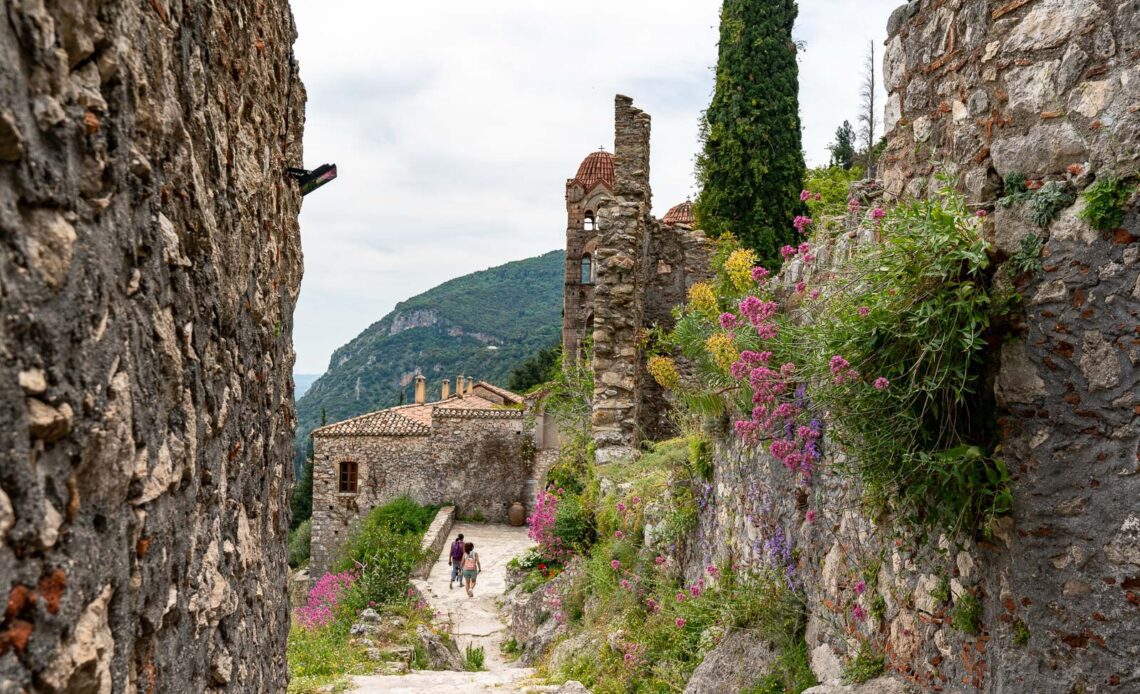As you probably know, the Byzantine Empire (also called the Eastern Roman Empire) had Constantinople as its grand and powerful capital.
When the city (now known as Istanbul) was conquered by the Ottoman Empire in 1453, it marked the official end to more than a thousand years of the Byzantine Empire, the fall of one of the most important to ever rule over part of Europe.
But, although 1453 was the official end of the empire, there were a couple of provincial Byzantine capitals that held out for years to come. One of these was Mystras, the capital of Morea (a province which covered most of the modern-day Peloponnese in Greece), considered one of the empire’s most important cities.
And so, when the Ottomans finally came to the stone fortifications around the hill city of Mystras in 1460 (seven years after Constantinople fell), it was in some ways the last stand of the Byzantines.
Mystras didn’t really stand a chance, though, and the capital was taken by the Turks. But thankfully the new rulers of the lands didn’t destroy the city. In fact, Mystras continued to be inhabited for several more centuries until it came to a violent end (more on that soon).
It means that many of the buildings that made the city such a prominent and influential centre have survived – and exploring them is why visiting Mystras is such a fascinating experience.
Why is Mystras important?
Mystras was once one of the most important cities of the Byzantine Empire, not for its size but as a centre of power and intellectualism. The remains of the city show this in the grand architecture decorated with exquisite Byzantine art.
Why was Mystras abandoned?
Mystras was badly damaged in 1823 during the Greek Revolution. After the formation of the new Greek state, the king decided to found a new city nearby called Sparta, rather then rebuild Mystras, and most of the population was moved there.
Is Mystras worth visiting?
It is definitely worth visiting Mystras, to explore the large collection of historic buildings and see the beautiful artworks that have survived inside the churches and other monuments. Mystras has been listed as a World Heritage Site because of the significance of what has been protected.
Set atop a peak on the lower slopes of the imposing Taygetos Mountain, Mystras has an impressive backdrop, green forests and rocky outcrops leading up to patches of snow in the cooler months.
Beneath it, a large plain unfolds towards the modern city of Sparta, where…
Click Here to Read the Full Original Article at Time Travel Turtle…
